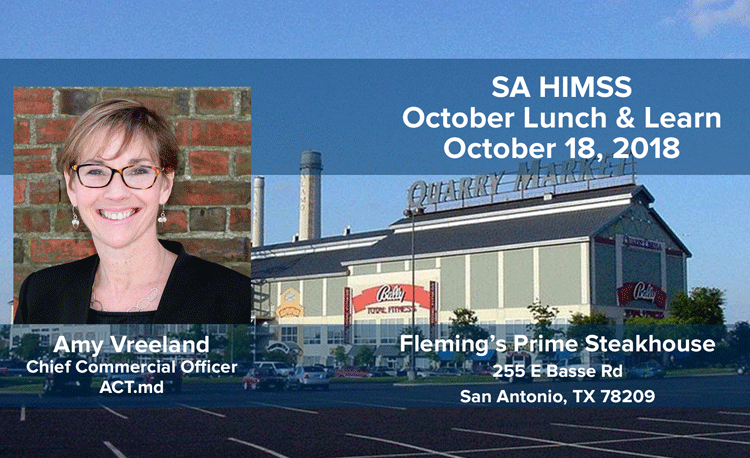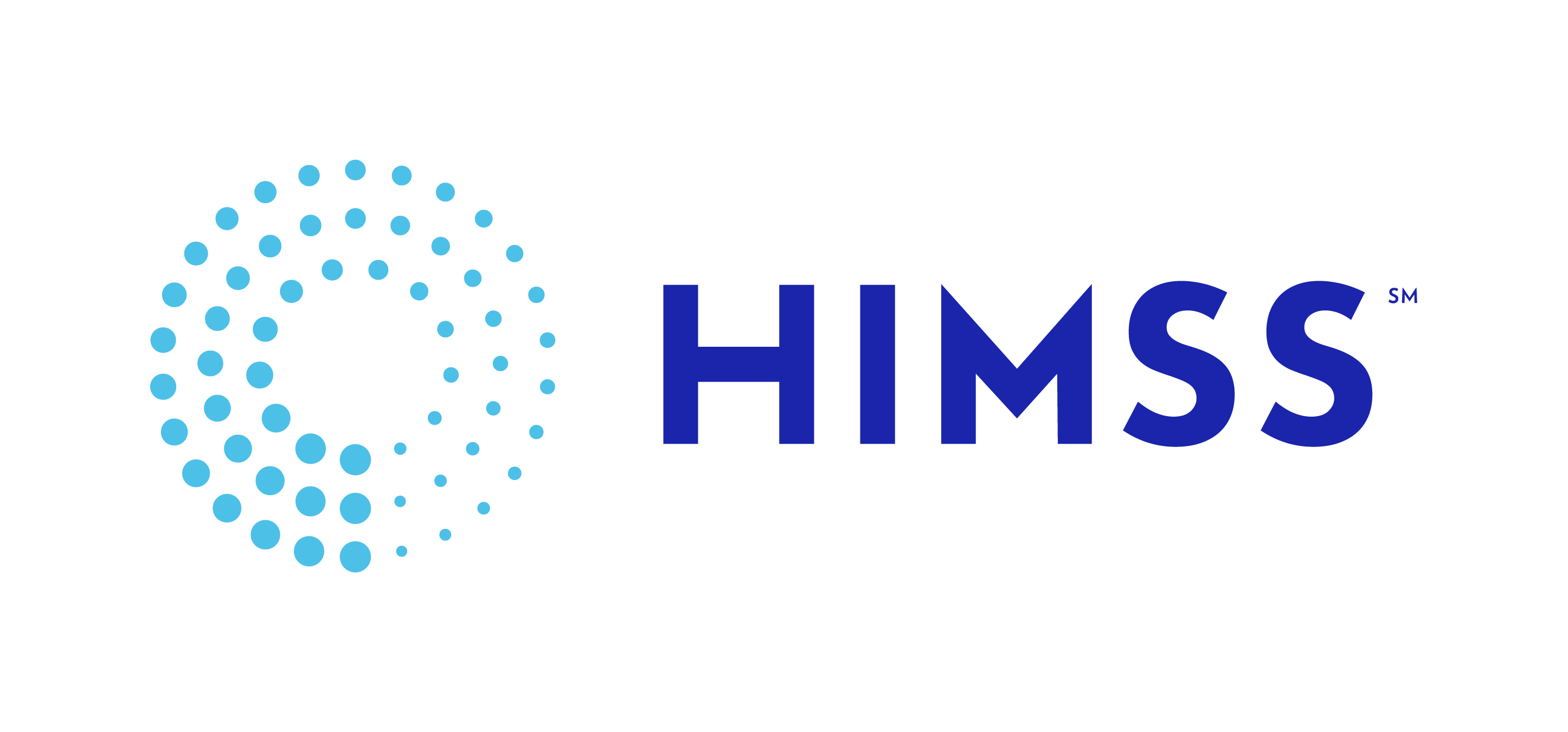Lunch & Learn - October 2018
Fleming’s Prime Steakhouse
255 E Basse Rd
San Antonio, TX 78209
Registration
 Amy Vreeland
Amy Vreeland
Chief Commercial Officer
ACT.md
A simple concept is gaining momentum in healthcare: how can we effectively care for a patient if we are not caring for the whole patient? We know that quality health outcomes are 40% driven by social and economic factors, and only 20% by clinical care, yet 88% of the healthcare spend in the United States is on medical services.
Our healthcare system is beginning to widen the view of a patient’s needs beyond what happens in an emergency room, clinic, or doctor’s office. For many people, traditional medically-focused interactions with their healthcare providers are not sufficient because they do not treat the personal, behavioral, or financial issues in their life that may stand in the way of achieving their full health potential. The use of the phrase Social Determinants of Health (SDOH) has become commonplace in healthcare policy and strategy, evidence that innovative care models should consider non- medical issues such as nutrition, housing, transportation, medication adherence, and home assistance to truly influence outcomes and the cost of care.
EHRs, and even Health Information Exchanges (HIEs) don't meaningfully support care team collaboration or closing the loop on social referrals, to bridge the gap between health systems, community-based organizations (CBOs), service agencies, and families.
Learn how some innovative organizations are collaborating with their community partners and using data for event-based care coordination to:
- Reduce ED utilization of their homeless or housing-insecure community members - supplementing information from their HIE with social support information
- Helping to lessen toxic stress in families to reduce the number of children being placed in foster care
- Reduce the total cost of care for their members through event and disease focused interventions

